Introduction to Cylinder Engines
Cylinder engines are the heart of many modern vehicles. They convert fuel into mechanical energy. This energy powers cars, motorcycles, and many other machines. Cylinder engine come in different designs, with varying features. Understanding them helps in appreciating vehicle performance and efficiency.
What is a Cylinder Engine?
A cylinder engine is a mechanical device that generates power. It relies on cylinders, pistons, and fuel combustion. Each cylinder contains a piston that moves up and down. This movement occurs when fuel combusts inside the cylinder. The energy created moves other parts, driving the vehicle. Cylinder engine are categorized by the number, arrangement, and type of cylinders they contain.
Brief History of Cylinder Engines
Cylinder engines were first developed during the industrial revolution. Early designs were large and inefficient. Over the years, engineers improved their size, efficiency, and performance. The invention of the internal combustion engine in the 19th century was significant. It paved the way for modern cylinder engine. Today, cylinder engines are more advanced, reliable, and adaptable than ever before.
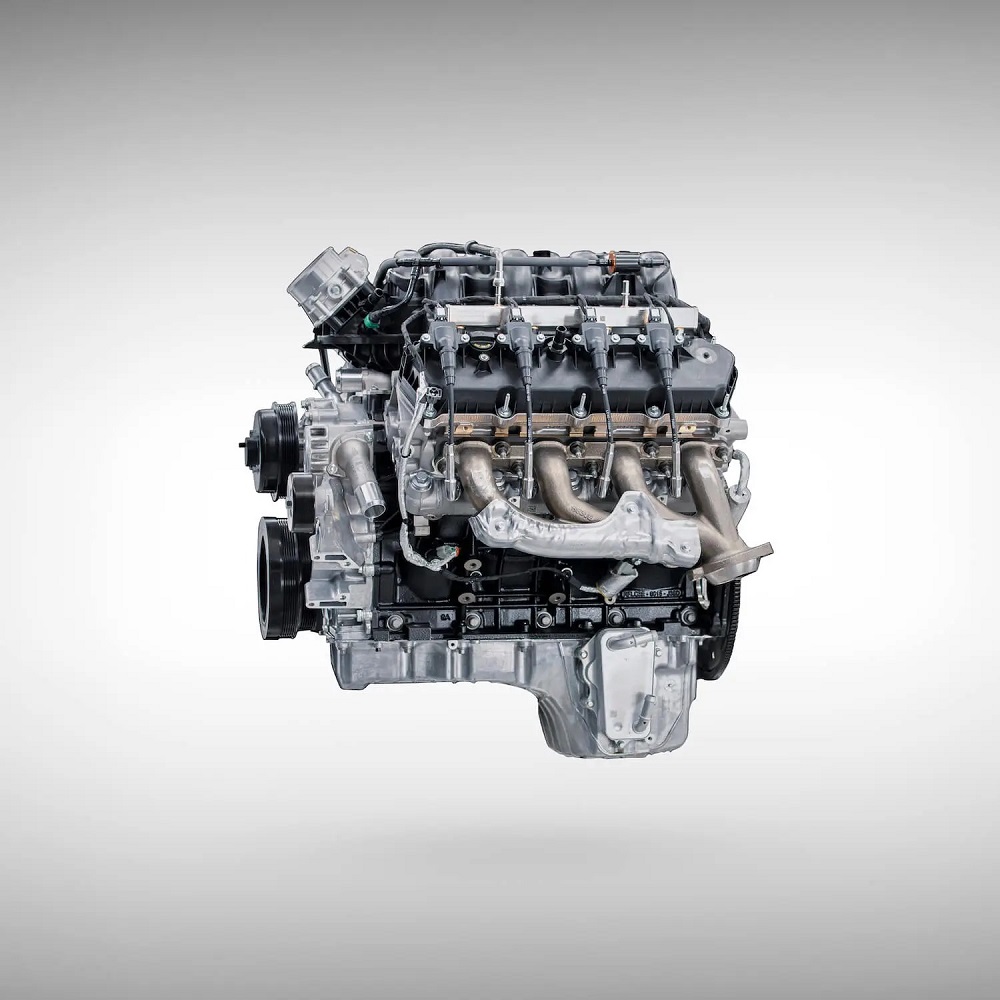
Types of Cylinder Engines
Different types of cylinder engines exist to suit various vehicle needs. Each type has unique characteristics and performance benefits. Understanding these differences can help you appreciate engine design and functionality.
Inline Engines
Inline engines, also known as straight engines, are common in smaller cars. Their cylinders are arranged in a single, straight line. This design makes the engine compact and easy to maintain. Inline engines are fuel-efficient and produce balanced power. They are widely used in passenger cars due to their simplicity.
V-Type Engines
V-type engines arrange cylinders in two angled rows, forming a V-shape. This design allows for more power in a compact space. V-type engines are popular in high-performance cars and trucks. They are known for their smooth operation and ability to produce high horsepower. Examples include vehicles with V6 or V8 engines.
Boxer (Flat) Engines
Boxer engines, or flat engines, have horizontally opposed cylinders. This means cylinders lie flat, facing each other. This design lowers the engine’s center of gravity. As a result, it improves vehicle stability and handling. Boxer engines are common in sports cars and some compact vehicles.
Rotary Engines vs. Cylinder Engines
Rotary engines differ significantly from traditional cylinder engines. Instead of pistons and cylinders, they use rotors to create motion. Rotary engines are lightweight and compact. However, they are less fuel-efficient and harder to maintain. Despite their differences, cylinder engines remain the standard choice for most vehicles due to their reliability and efficiency.
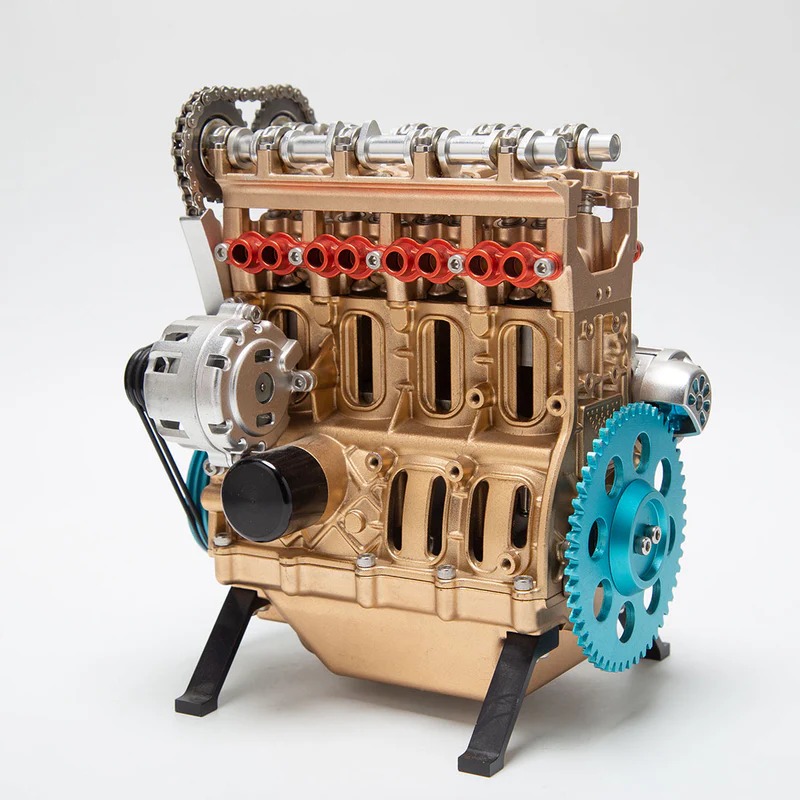
How Cylinder Engines Work
Cylinder engines are intricate but efficient mechanical systems. They transform fuel energy into motion. Understanding their working principles assists in appreciating their design and operation.
The Role of Cylinders in Engine Function
Cylinders are the core components of cylinder engines. They house pistons which move during combustion. Fuel enters each cylinder and ignites, producing energy. This energy causes the piston to move up and down. The movement drives the crankshaft, creating mechanical motion. This process ultimately powers the vehicle. Cylinders play a fundamental role in ensuring smooth engine operation.
The Four-Stroke Combustion Process
Most cylinder engines follow a four-stroke combustion cycle. The cycle involves four steps:
- Intake Stroke: The piston moves down, allowing air and fuel to enter the cylinder.
- Compression Stroke: The piston moves upward, compressing the air-fuel mixture.
- Power Stroke: The spark plug ignites the mixture, causing a controlled explosion. This forces the piston down.
- Exhaust Stroke: The piston moves up again, expelling exhaust gases through the exhaust valve.
This cycle repeats rapidly, generating consistent power for the engine.
The Importance of Piston Movement
Pistons are crucial for energy conversion in a cylinder engine. They compress fuel and air and transfer energy. Their up-and-down motion drives the crankshaft and other components. Smooth piston movement ensures efficient power delivery and engine reliability. Without pistons, the engine cannot function effectively. Regular maintenance of pistons enhances performance and prolongs engine life.
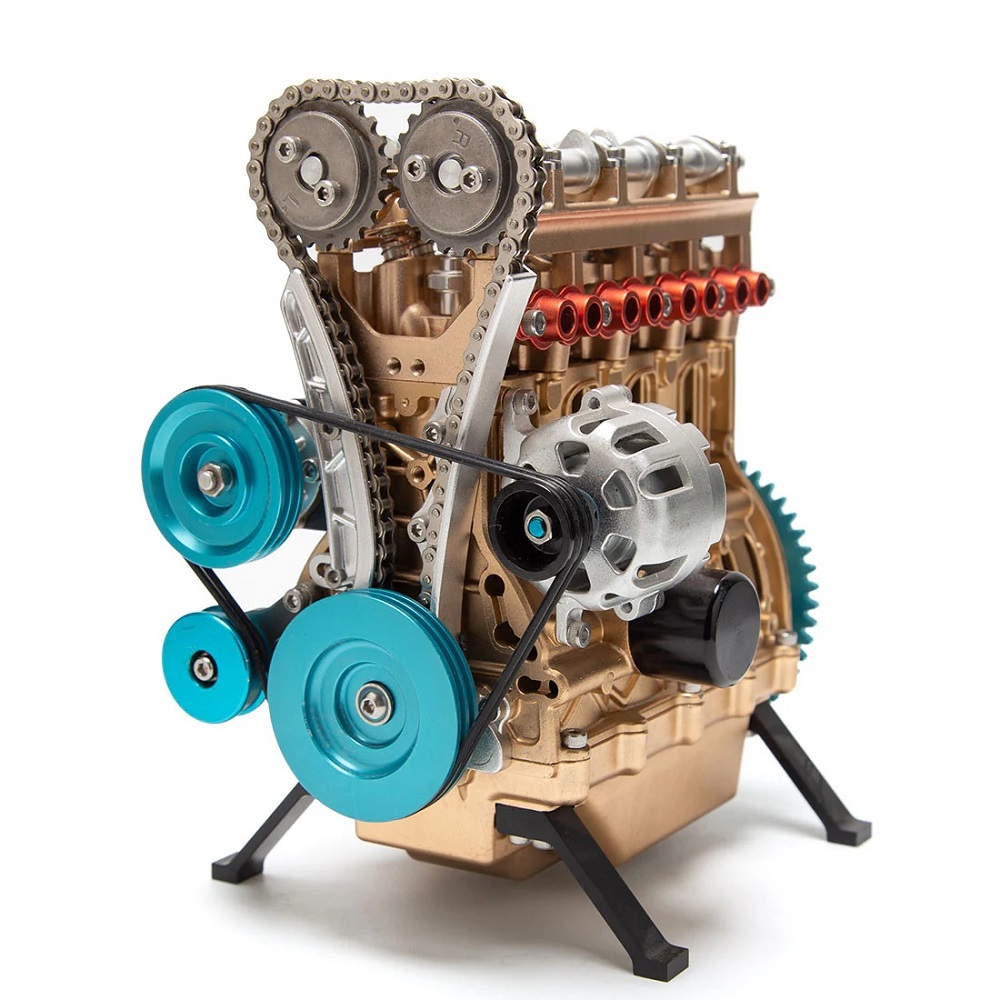
Advantages of Cylinder
Cylinder engines offer several benefits, making them indispensable for modern vehicles. Their efficient design provides reliable power and adaptability to diverse uses.
Efficient Power Generation
Cylinder engines excel at converting fuel into mechanical energy. This efficiency delivers consistent power to vehicles. Their design maximizes combustion, optimizing energy output. By providing smooth power generation, cylinder engines ensure reliable vehicle performance. They are ideal for both high-speed and long-distance driving.
Versatility in Vehicle Applications
Cylinder engines support various vehicle types and purposes. They are found in cars, trucks, motorcycles, and even industrial machines. Their adaptability makes them suitable for lightweight passenger cars and heavy-duty vehicles alike. The variety of designs, like inline or V-type engines, meets distinct performance needs. Cylinder engines demonstrate unmatched versatility in the automotive industry.
Compatibility with Alternative Fuels
Modern cylinder engines can run on alternative fuels like biodiesel and ethanol. This adaptability reduces reliance on traditional gasoline and diesel. Engine designs evolve to accommodate eco-friendly fuel options. Compatibility with renewable fuels makes cylinder engines future-ready. They contribute to vehicles meeting environmental standards without compromising efficiency.
Challenges and Limitations of Cylinder
Cylinder engines have powered vehicles for decades. However, they face several challenges in today’s world. These limitations influence their efficiency, environmental impact, and overall cost. Understanding these issues helps assess their role in the future of transportation.
Fuel Efficiency Concerns
Fuel efficiency is a critical challenge for cylinder engines. They often consume more fuel than alternative powertrains. Rising fuel costs make this a significant drawback for consumers. Additionally, inefficiencies in combustion lead to energy loss. Hybrid and electric vehicles now offer better efficiency, putting cylinder engines at a disadvantage. Improving fuel efficiency remains a key goal for manufacturers.
Emission Challenges
Cylinder engines produce harmful emissions as a by-product of fuel combustion. Carbon dioxide (CO2) and nitrogen oxides (NOx) contribute to pollution and climate change. Increasing regulations demand stricter emission standards for vehicles. While modern engines are cleaner, they still lag behind electric alternatives. Addressing emissions is crucial for the long-term survival of cylinder engines.
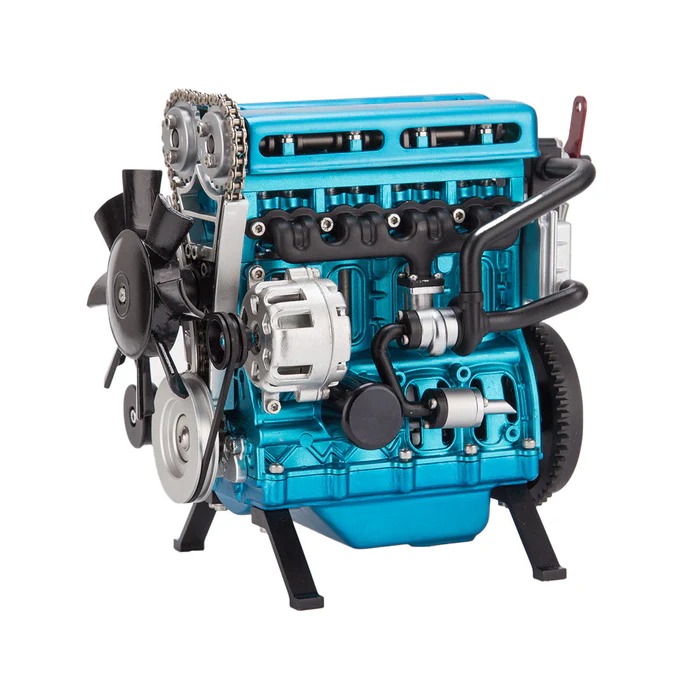
Maintenance and Repair Costs
Cylinder engines can be expensive to maintain and repair. Their intricate design involves many moving parts. Over time, wear and tear increase the chances of breakdowns. Replacing components like pistons or crankshafts can be costly. Skilled labor is often required for repairs, raising maintenance expenses. Simplifying engine design may help reduce repair costs in the future.
Innovations in Cylinder Technology
Cylinder engines continue to evolve with advancements in technology. These innovations improve efficiency, power, and environmental performance. Engineers apply modern techniques to address traditional challenges and meet new standards in the automotive industry.
Variable Cylinder Management
Variable Cylinder Management (VCM) adjusts the number of active cylinders based on power needs. When less power is required, some cylinders deactivate to save fuel. During high-demand situations, all cylinders activate for full power. This technology significantly enhances fuel efficiency without compromising performance. It also reduces emissions during low-demand driving conditions. VCM makes cylinder engines smarter and more adaptable to diverse driving requirements.
Direct Fuel Injection Systems
Direct Fuel Injection (DFI) improves fuel delivery by injecting it directly into the combustion chamber. This method ensures precise fuel usage, enhancing efficiency and power output. DFI allows better air-fuel mixture control, improving combustion. As a result, engines produce fewer emissions and deliver consistent performance. The technology also supports better throttle response, making vehicles more responsive. Direct Fuel Injection has become a standard in modern cylinder engine designs.
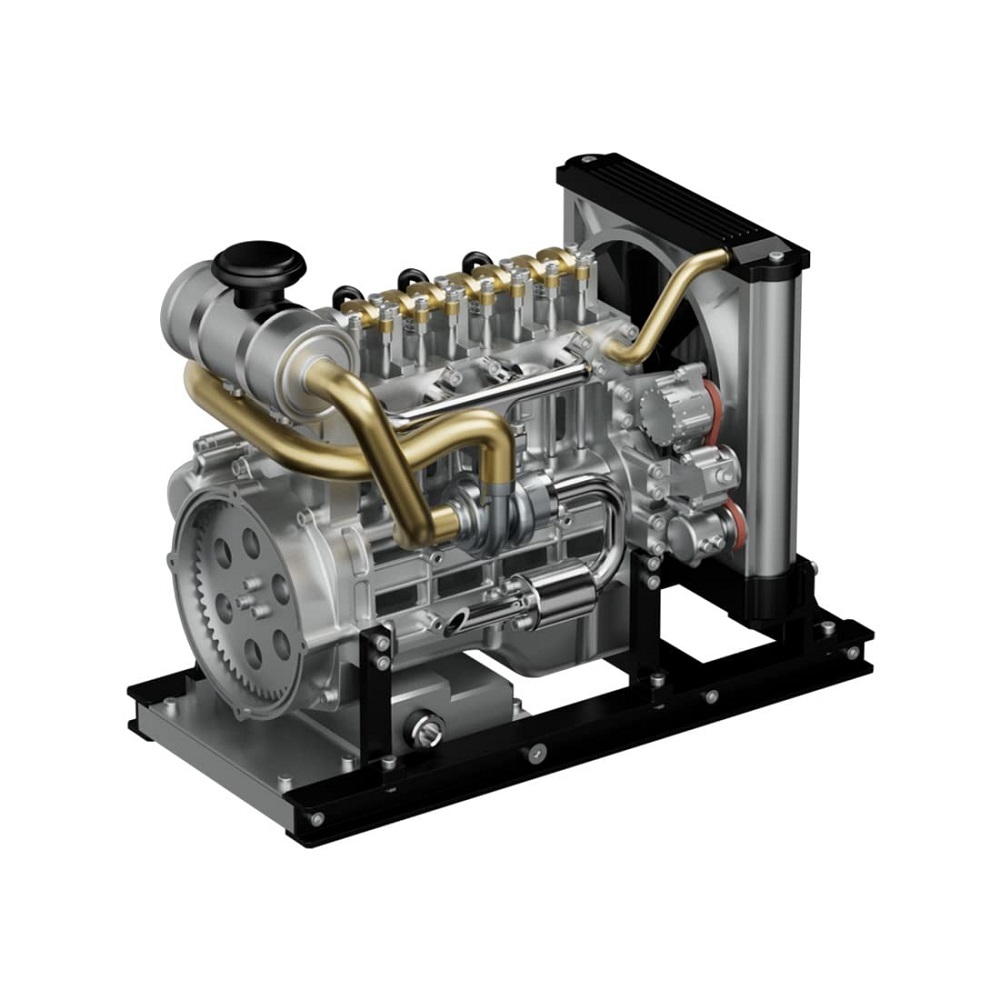
Lightweight Engine Materials
Using lightweight materials in cylinder engines reduces overall vehicle weight. Materials like aluminum and carbon composites replace heavier components, improving fuel efficiency. Lighter engines demand less energy for operation, enhancing performance and durability. These materials also contribute to better heat dissipation, reducing wear on engine components. Lightweight design approaches ensure vehicles remain powerful yet environmentally friendly. This innovation supports the push for greener automotive technologies.
Cylinder and Their Impact on the Automotive Industry
Cylinder engines play a vital role in shaping the automotive industry. They power countless vehicles and influence design choices. As technology advances, their impact evolves. Below are aspects showcasing their significance in modern and future automotive trends.
Popular Cars Powered by Cylinder Engines
Many popular cars rely on cylinder engines for efficiency and performance. Compact cars often use inline engines for fuel economy and affordability. Sports cars utilize powerful V-type or boxer engines for speed and stability. Trucks depend on cylinder engines for towing and heavy-duty tasks. These engines are versatile, fitting many vehicle types and applications. Their reliability keeps them a top choice among manufacturers and consumers.
Performance vs. Electric Alternatives
Cylinder engines excel in power and operational range compared to electric alternatives. They handle long distances and high-speed driving better. Electric vehicles (EVs), although eco-friendly, rely on battery constraints. For high-performance needs, cylinder engines remain more dependable. However, EVs are gaining traction due to lower emissions. The competition pushes cylinder engines to innovate for cleaner performance while retaining their power advantages.
Future Prospects for Cylinder Engine Design
The future of cylinder engines focuses on efficiency, sustainability, and adaptability. Engineers are integrating smart technologies like Variable Cylinder Management to reduce fuel use. Lightweight materials are reducing engine weight for better efficiency. Compatibility with renewable fuels supports eco-friendly goals. Future designs aim to balance performance with environmental responsibility. This innovation ensures cylinder engines remain competitive in the evolving automotive landscape.
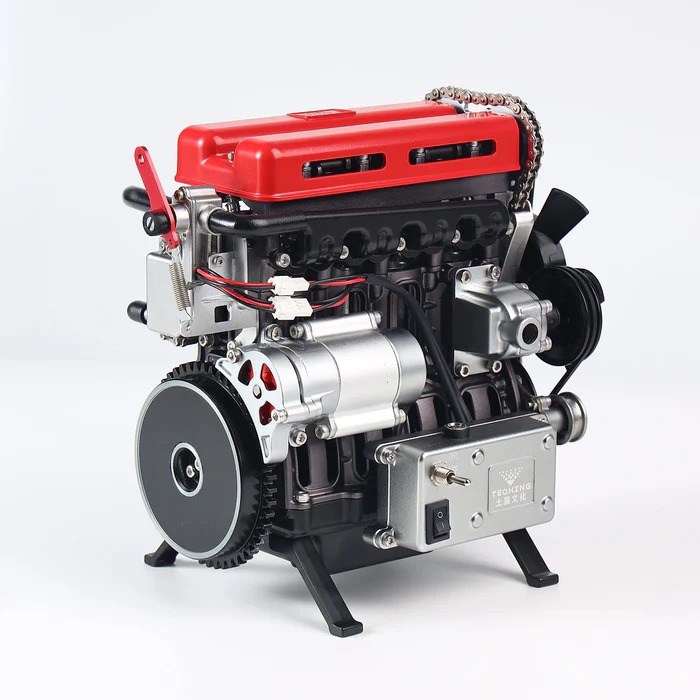
Conclusion
Cylinder engines have shaped the automotive world for over a century. Their continued evolution ensures their relevance in modern vehicles. While facing challenges like emissions and fuel efficiency, innovations keep them competitive. Technologies such as Variable Cylinder Management and Direct Fuel Injection strengthen their performance and sustainability.
The Continued Role of Cylinder Engines in Modern Vehicles
Cylinder engines remain vital due to their efficiency, versatility, and performance reliability. They power everything from small cars to heavy-duty trucks. Despite the rise of electric vehicles, cylinder engines hold advantages in range and high-speed capability. Future designs aim to lower emissions and integrate renewable fuels to meet environmental goals.
As engineers develop smarter and lighter designs, cylinder engines will adapt to changing automotive needs. Their continued role in the automotive industry underscores their significance, even in a rapidly evolving world. Cylinder engines are expected to remain a cornerstone of transportation technology for years to come.
Future Innovations in Cylinder Design
The Move Towards Eco-Friendliness
As environmental concerns continue to grow, the automotive industry is shifting towards more eco-friendly engine designs. Cylinder engines are being redesigned to improve fuel efficiency and reduce harmful emissions. Technologies such as turbocharging and direct fuel injection are becoming standard features. These innovations allow for better fuel economy without sacrificing power, aligning with global efforts to promote sustainability. Riders should stay informed about these advancements as they contribute to a greener future for motorcycling.
Hybrid Integration
The integration of hybrid technology into cylinder engines presents exciting possibilities for the future. Hybrid engines combine traditional internal combustion with electric power, offering improved efficiency and reduced emissions. As automotive technology continues to evolve, we may see more motorcycles equipped with hybrid cylinder engines. These advancements will provide riders with the benefits of traditional fuel power while leveraging electric efficiency. The transition to hybrids could change the landscape of motorcycling, offering a blend of performance and sustainability.
Embracing Alternative Fuels
As the demand for cleaner energy sources increases, manufacturers are exploring the use of alternative fuels in cylinder engines. Options such as biofuels, ethanol, and hydrogen fuel cells are being developed as viable alternatives to traditional gasoline. These fuels may help reduce the carbon footprint of motorcycle riding, appealing to environmentally conscious consumers. Embracing these innovations positions motorcycle riders at the forefront of sustainable transportation while maintaining the performance expected from cylinder engines.
Conclusion: The Journey with Cylinder Engines
Reflection on the Importance of Knowledge
In conclusion, understanding cylinder engine and their mechanics is crucial for anyone involved in motorcycle or vehicle ownership. Knowledge of performance factors, maintenance challenges, and the variety of available engine types empowers individuals to make informed decisions. This awareness leads to better maintenance practices and allows owners to fully appreciate the nuances of their motorcycles.
Embracing the Evolution of Engine Technology
As the landscape of cylinder engines continues to evolve, staying abreast of innovations and trends is essential. Understanding changes in technology, such as hybridization and alternative fuels, can enhance your riding experience. Engaging with the community and immersing yourself in educational resources will provide valuable information to navigate these advancements. By embracing new technologies, riders can stay informed and enjoy the benefits of modern cycling while contributing positively to the environment.
Ready for the Road Ahead
As you move forward in your motorcycle journey, remember that your choice of engine plays a significant role in how you engage with the world of riding. By considering the mechanics behind cylinder engine and focusing on maintenance, you ensure a reliable and enjoyable riding experience. The road ahead is filled with adventure, and the knowledge you’ve gained will serve you well as you explore. Enjoy every ride with confidence, knowing that you have made informed choices that contribute to both your journey and the environment!
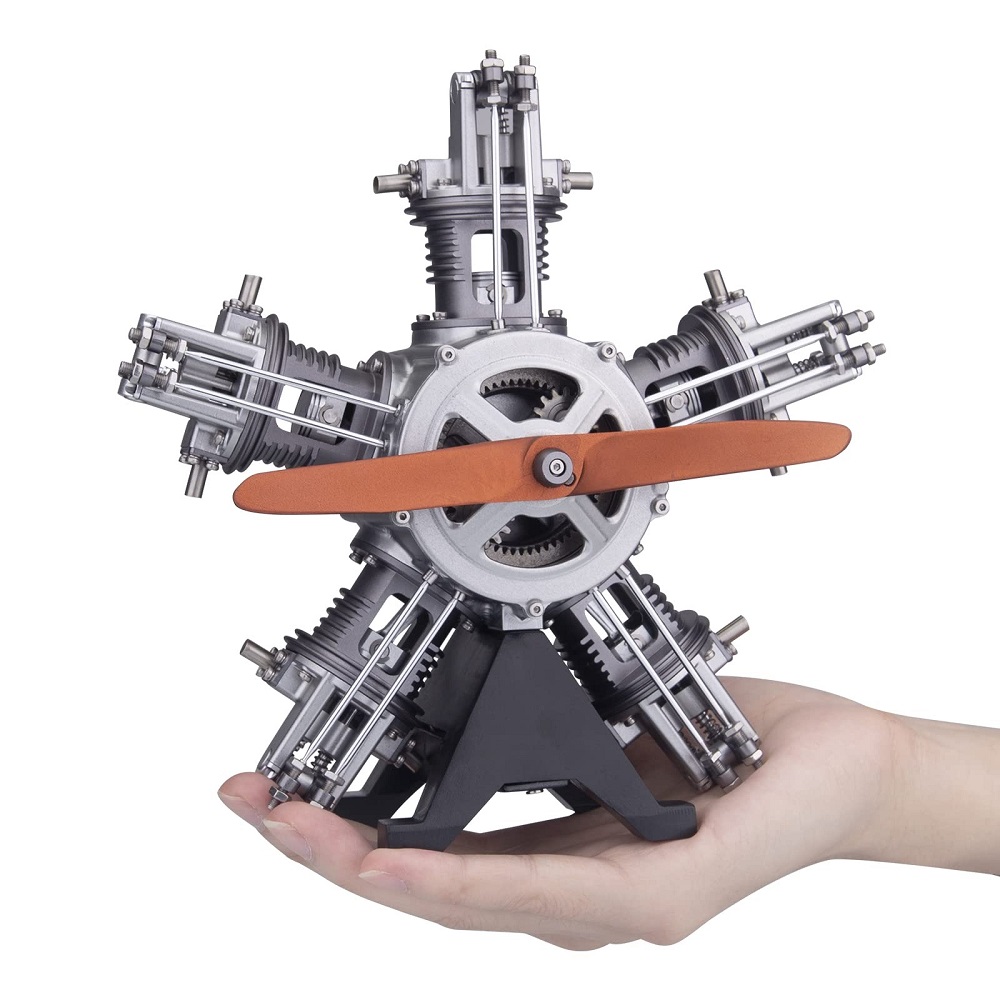
Leave a Reply